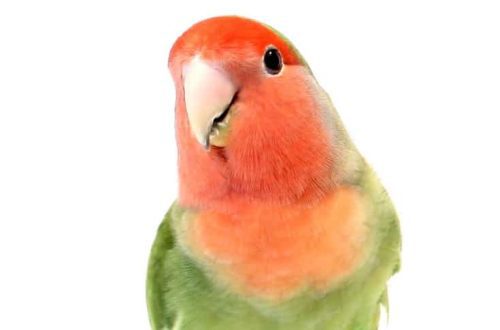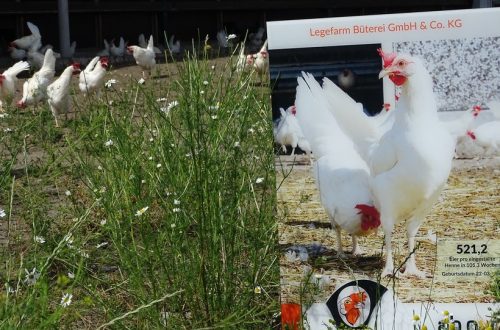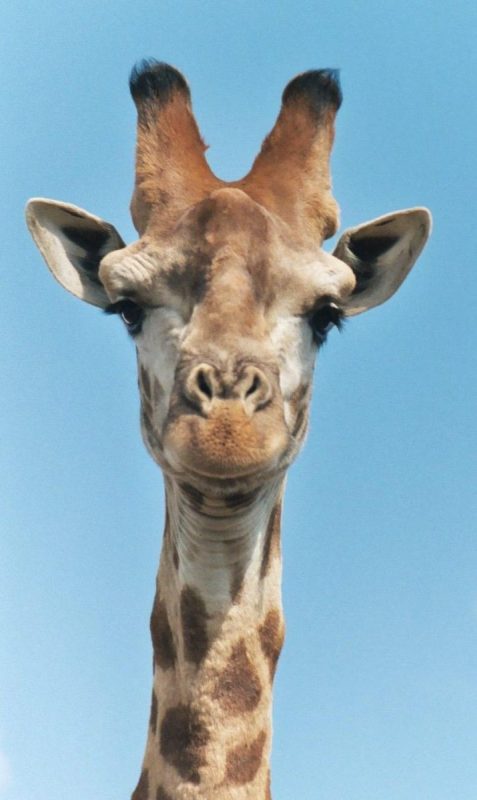
10 interesting facts about giraffes – the tallest animals on the planet
All the time, something chewing, the highest, with an unusually beautiful coloring, the animal lives in the savannahs of South and East Africa. Where its main food grows in abundance – acacia.
It is difficult to imagine someone so tall from the representatives of the animal kingdom, and this is not necessary, because the giraffe is considered the tallest land animal, whose growth reaches 5,5-6 meters, while its weight is 1 ton.
Interestinglythat the tallest giraffe has a height of 6 meters 10 centimeters (listed in the Guinness Book of Records).
The giraffe is an animal that does not like to be alone, but happily becomes part of a group. This handsome man is a very peaceful animal, distinguished by a good disposition and calmness.
The fauna of Africa is very diverse, there is just no one there: hippos, zebras, amazing birds, chimpanzees, etc. We decided to learn more about giraffes and collected interesting facts about them.
Contents
- 10 Ruminant
- 9. Can’t yawn
- 8. Has ossicons – unique cartilage formations
- 7. Able to reach speeds up to 55 km / h
- 6. Incredibly durable leather
- 5. Okapi is the closest relative
- 4. Curls up into a ball when he sleeps
- 3. Drinks up to 40 liters of water at a time
- 2. Spotted body pattern is individual, like a human fingerprint
- 1. 9 separate subspecies identified
10 Ruminant
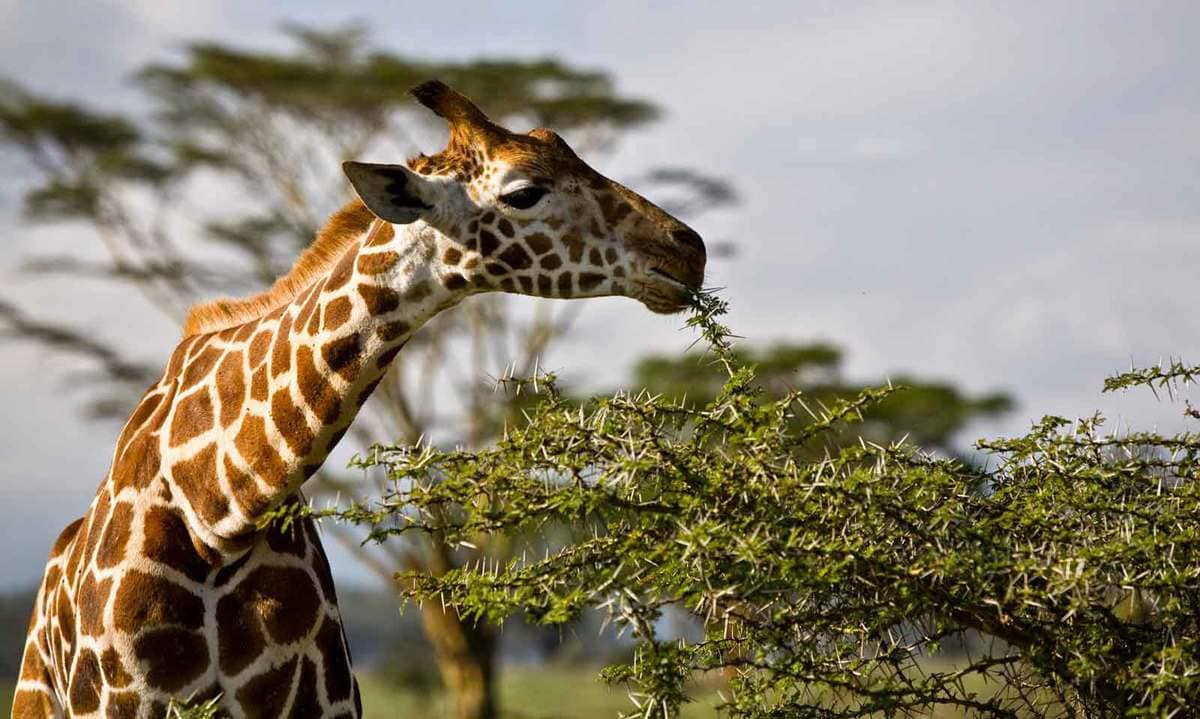
No wonder we see giraffes chewing their food all the time in documentaries or photographs, because it belongs to the group of ruminants.
It is noteworthy that they always chew, even when they move. Animals give preference to acacias – they spend at least 12 hours on food. In addition, they willingly consume young grass and other plants.
Interesting fact: giraffes are called “pluckers”, because. they reach high branches and eat young shoots. Animals have a unique mouth – inside it there is a purple tongue, reaching a length of 50 cm. There are sensory hairs on the lips of a giraffe – it is with the help of them that the animal determines how mature the plant is and whether there are thorns on it so as not to get hurt.
9. Can’t yawn
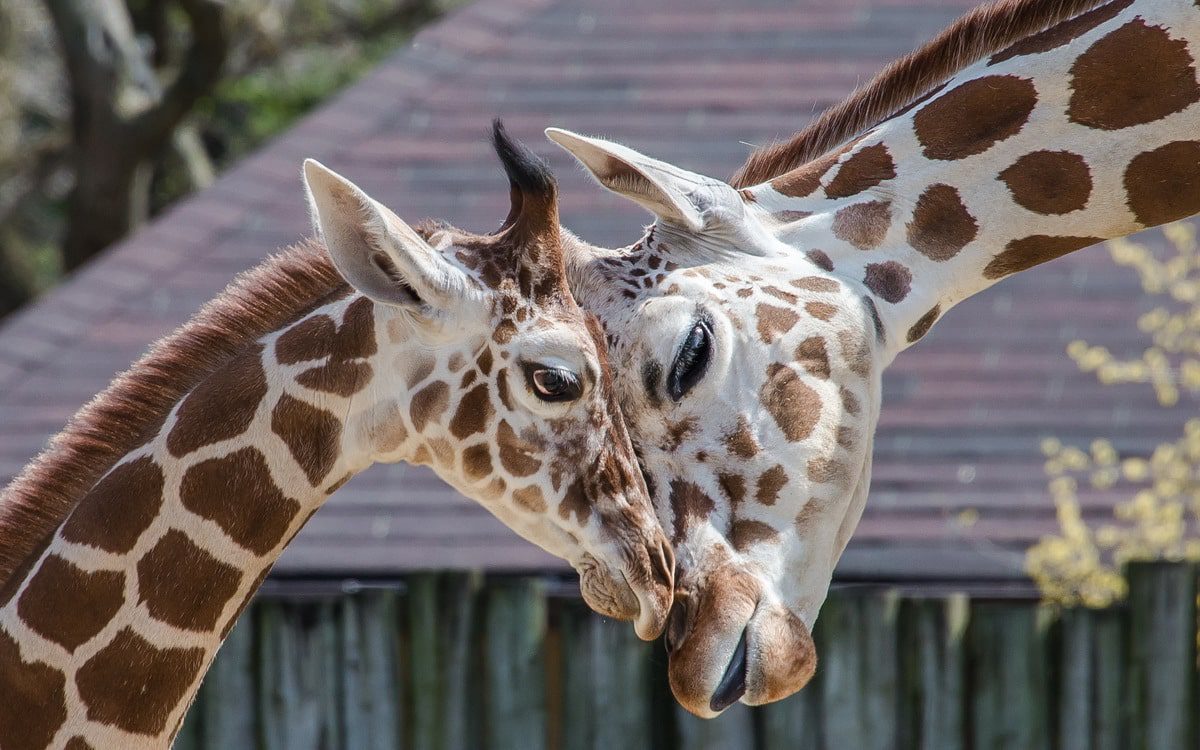
Oh, how sweet it is to yawn, anticipating rest and sleep … However, this feeling is unfamiliar to a giraffe – animals never yawn. In any case, those who were next to him for a long time did not notice such a reflex.
The explanation for this is quite simple – the giraffe does not yawn, because he does not need this reflex physically. Because of the long neck, his body is equipped with devices that allow the brain not to experience oxygen starvation.
8. Has ossicons – unique cartilage formations
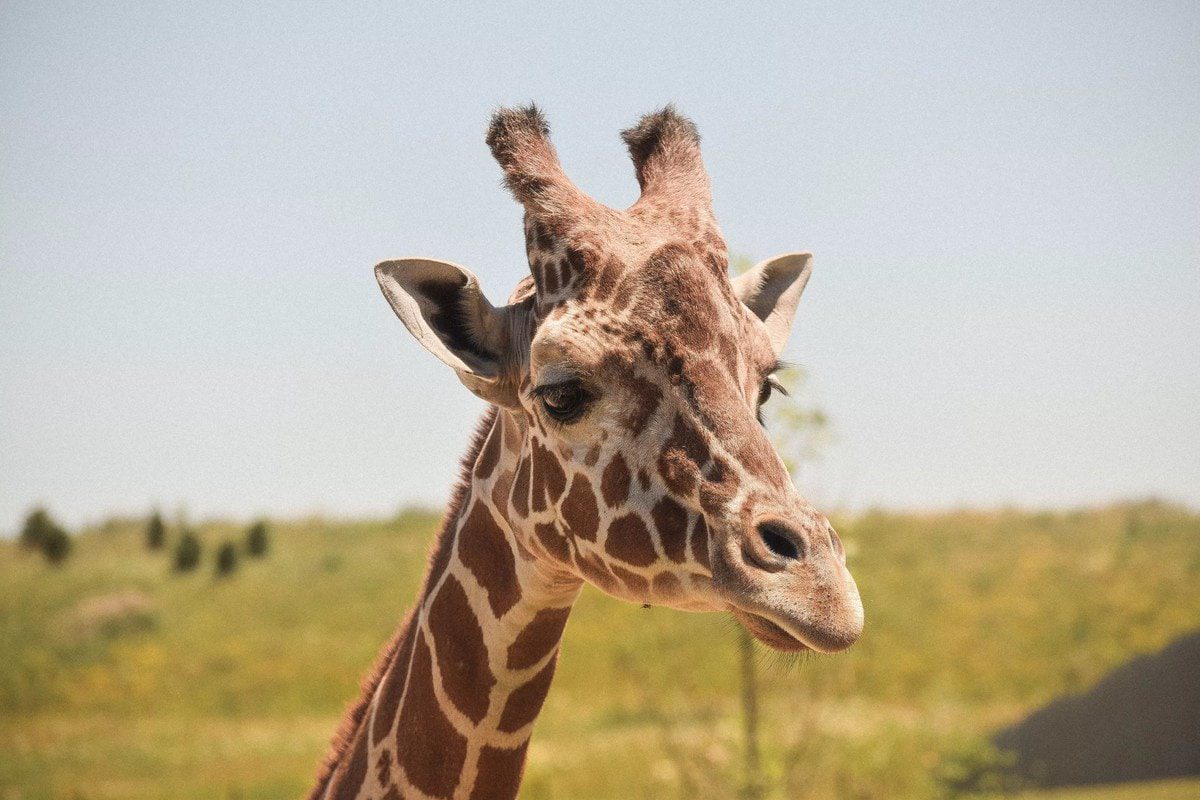
Have you ever noticed that a giraffe has something like horns on its head? Take a closer look… These are ossicons – unique cartilaginous formations with which a giraffe is born (pant-like protrusions are characteristic of both male and female).
At birth, the ossicons are not yet attached to the skull, so they bend easily as they pass through the birth canal. Gradually, cartilaginous formations ossify, and become small horns, which subsequently increase. On the head of a giraffe, most often there is only one pair of ossicons, but it happens that there are individuals with two pairs.
7. Able to reach speeds up to 55 km / h
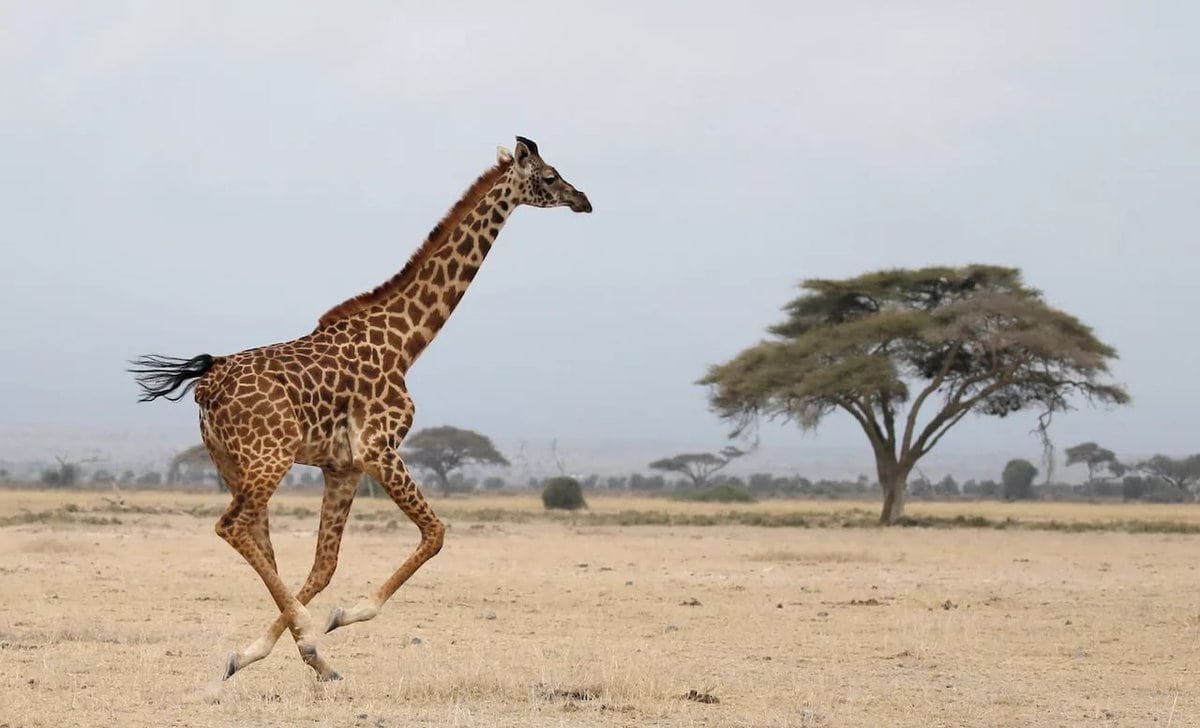
The giraffe is an amazing animal in every way! He is able to run at a gallop at a speed of 55 km/h.. That is, the animal may well overtake the average racehorse.
This long-legged handsome man has all the makings for a fast run, but he does it rarely and clumsily, but in the case when a predator is chasing him, the giraffe is able to accelerate so much that it will overtake a lion and even a cheetah.
The tallest land animal on Earth could also become one of the fastest (after the camel, of course, this animal can accelerate to 65 km / h.)
6. Incredibly durable leather
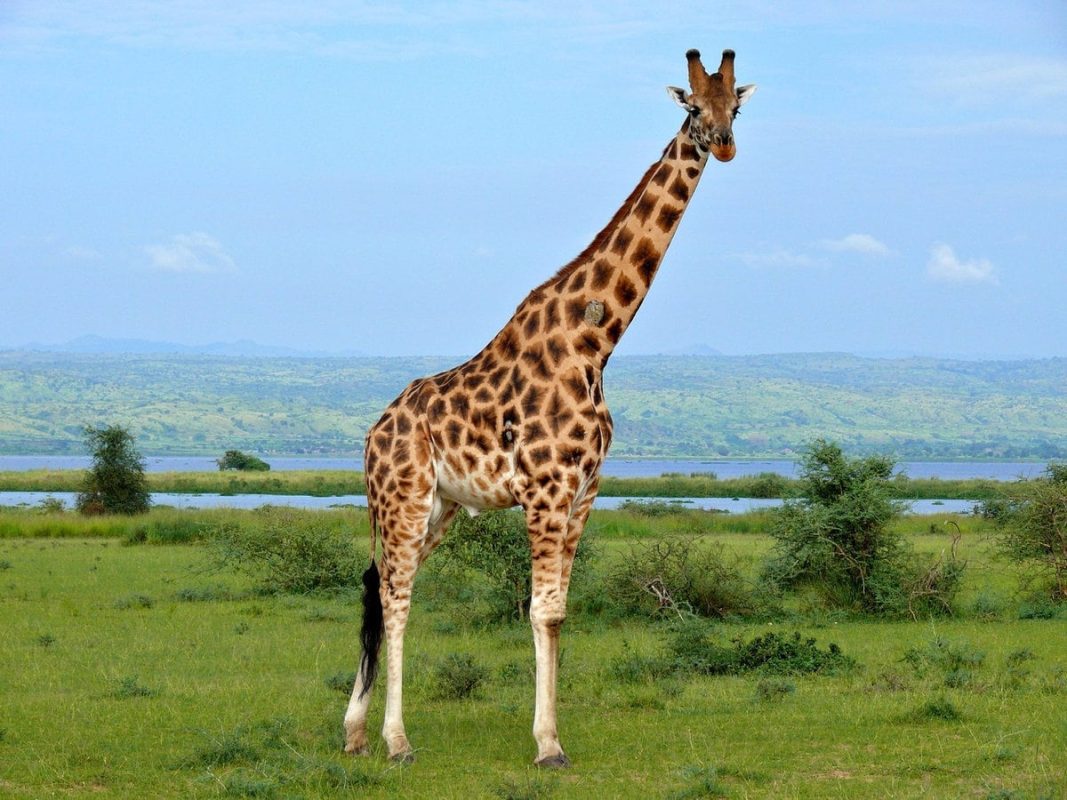
Another interesting fact about the giraffe – animal skin is so strong that shields are made from it. It does not cause inconvenience to the giraffe, as it may seem, but, on the contrary, thanks to the strong skin, the animal is more stable.
The skin of this bright representative of the African fauna is so dense that the Masai (African tribe) make shields from it.
Therefore, when it becomes necessary to give a giraffe an injection, one has to be inventive here. Drugs are administered to the giraffe with the help of a kind of weapon – syringes are fired from it. Difficult procedure, but no other way.
5. Okapi is the closest relative
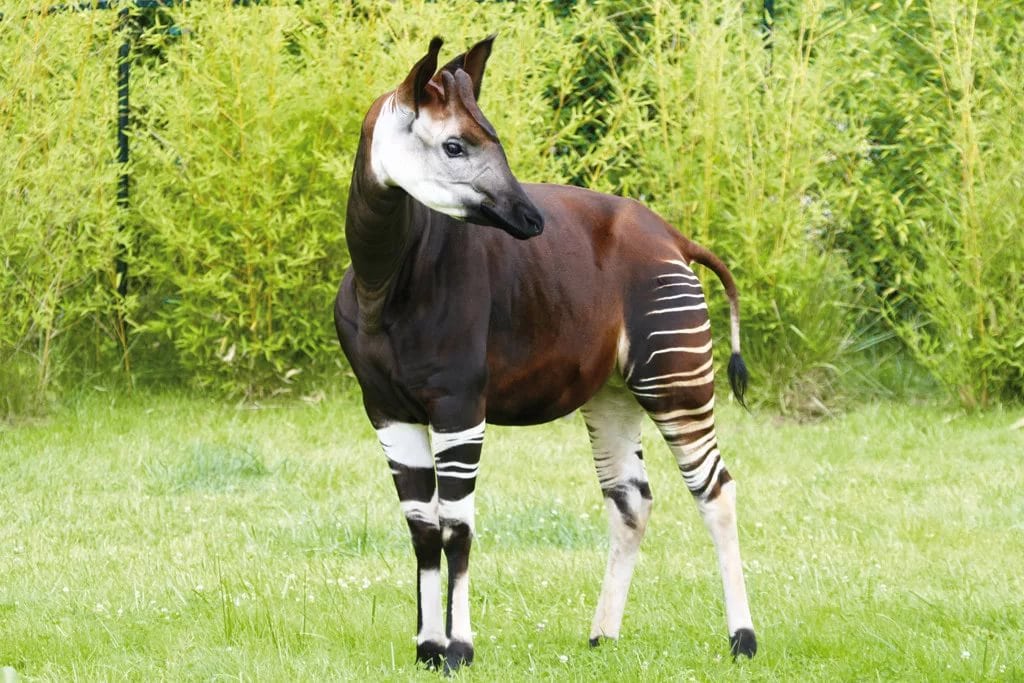
A close relative of the giraffe is the beautiful okapi.. Its neck and legs are elongated, outwardly the animal resembles a horse. The hind legs have a rather bizarre coloration – black and past stripes that resemble the skin of a zebra. Thanks to this coloring, the animal looks interesting.
The okapi has a short, velvety, chocolate-red coat. The limbs of the animal are white, the head is light brown and with large ears, the muzzle is full of charm! She has large black eyes, which, of course, evoke a feeling of tenderness in everyone.
Many people dream of seeing the okapi live, however, to do this, you need to go to the Congo – the animal lives only there.
4. Curls up into a ball when he sleeps
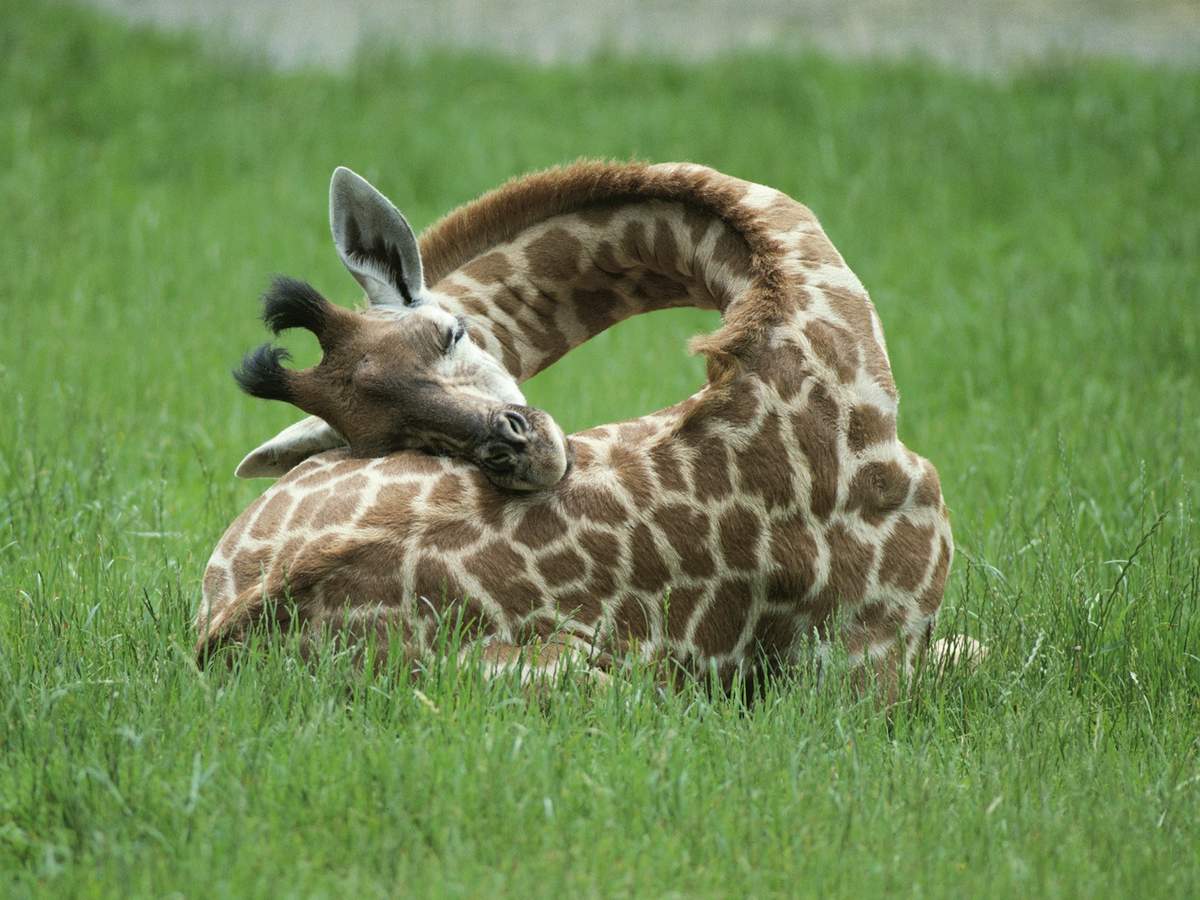
For sleep, the animal chooses night time. The giraffe is a rather slow animal, moves slowly and calmly. Sometimes it stops and stands for a long time – because of this, for a long time people assumed that the animal either does not sleep at all, or does it while standing.
However, in the course of research (they began to be carried out not so long ago – about 30 years ago), another thing was established – the animal sleeps no more than 2 hours a day.
In order to gain strength and sleep, the giraffe lays down on the ground and places its head on the torso (This position is typical for the stage of “deep sleep”, it lasts about 20 minutes a day). Being half asleep during the day, the animal compensates for the lack of sleep.
3. Drinks up to 40 liters of water at a time
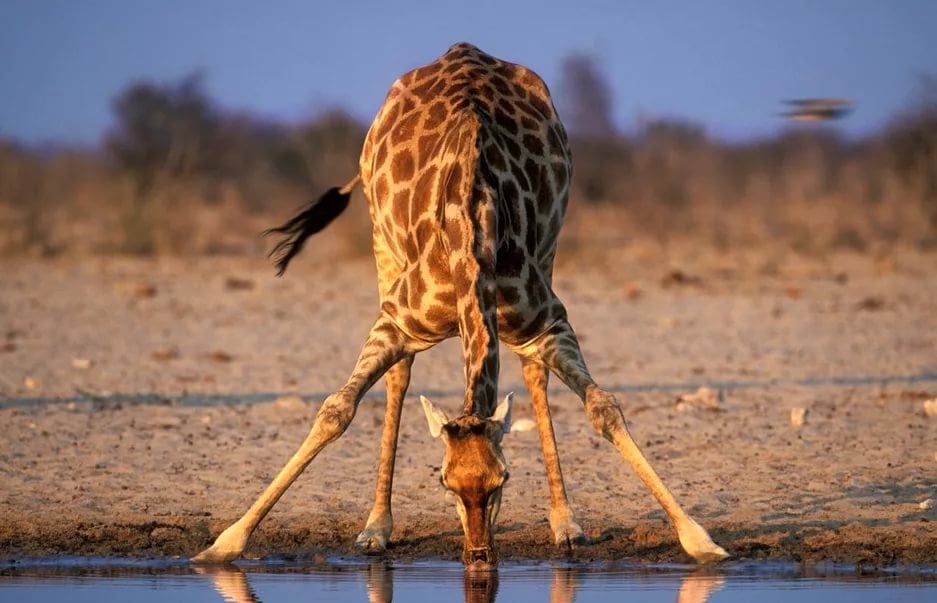
Of course, it’s hard for us to imagine how you can drink 40 liters of water at a time, but giraffes do it perfectly. It is known that with its long tongue, the giraffe plucks leaves from trees – it needs enough moisture, which is contained in the succulent parts of plants.
From this we can conclude that the need for fluid in a giraffe is mainly covered by food, which is why it can go without drinking for several weeks. But if the giraffe still decides to drink water, then at a time it can master up to 40 liters.!
Interesting fact: the giraffe’s body is organized in such a way that it cannot tilt its head towards the water while standing. While drinking, he has to spread his front legs wide so that he can lower his head to the water.
2. Spotted body pattern is individual, like a human fingerprint
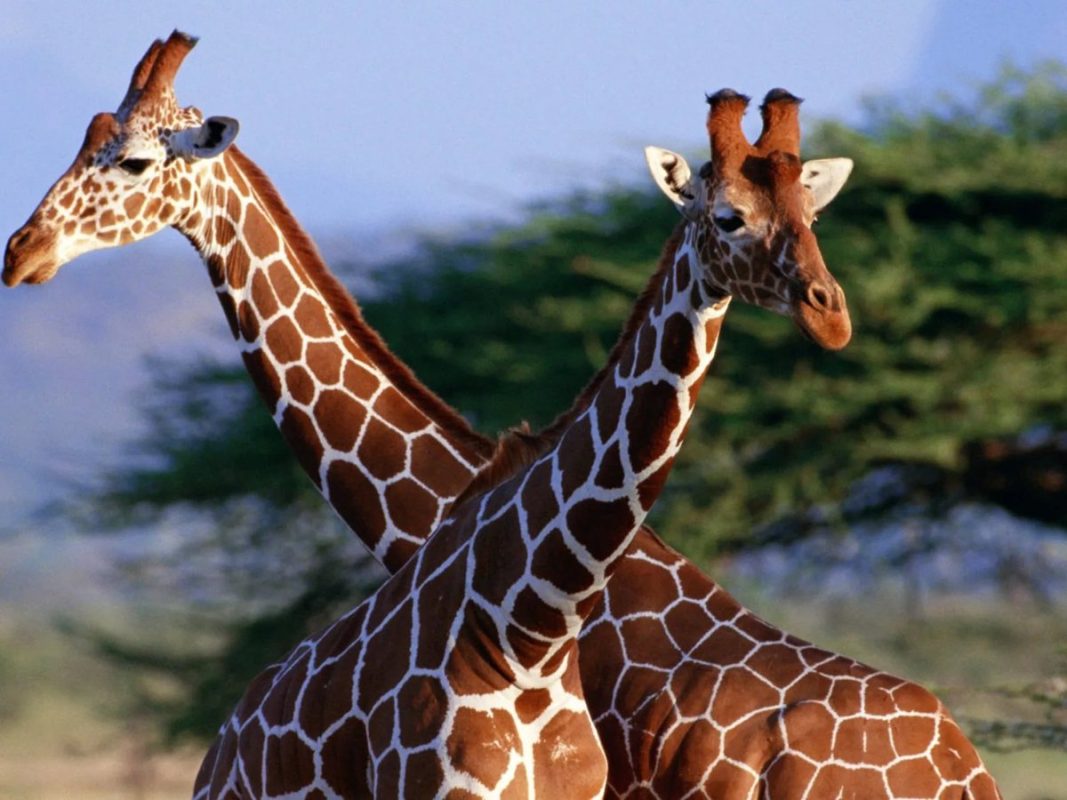
Each giraffe has an individual pattern of spots, which is very similar to human fingerprints.. The color of the animal varies, and once zoologists identified several types of giraffes: Masai (found in East Africa), reticulated (lives in the woodlands of Somalia and Northern Kenya).
Zoologists say that it is impossible to find two giraffes that would be the same color – the spots are unique, like a fingerprint.
1. 9 separate subspecies identified
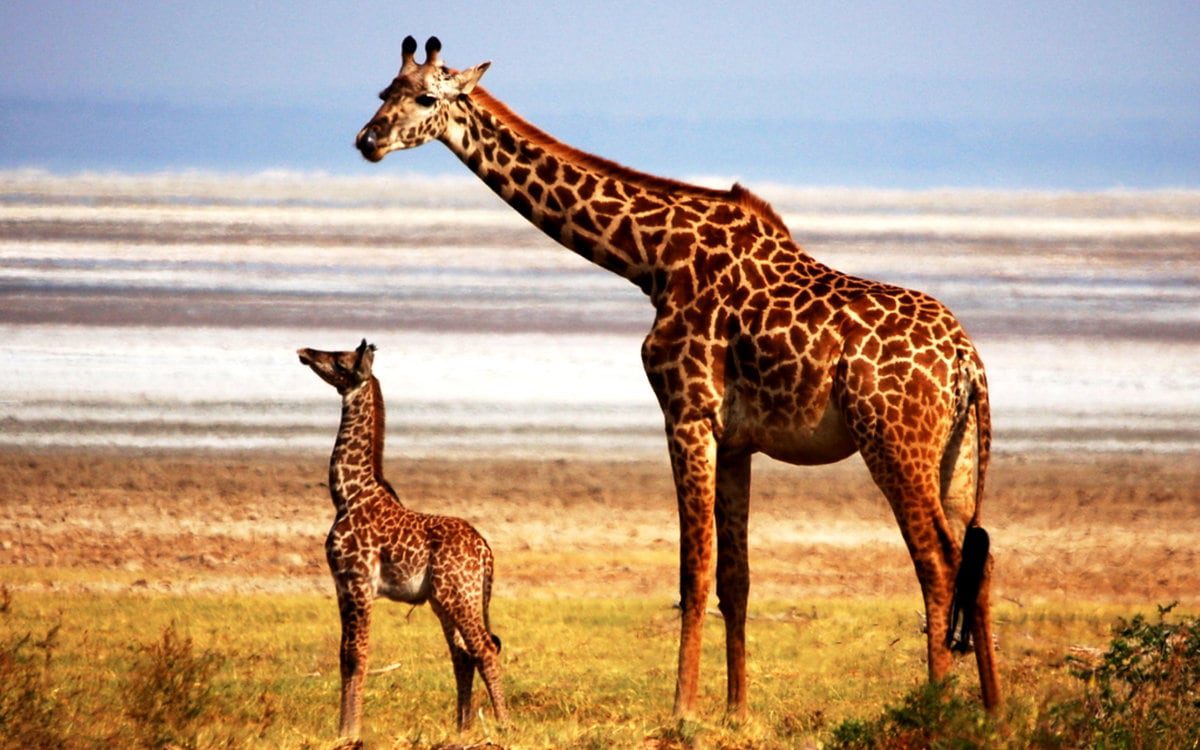
There are 9 modern subspecies of an amazing animal – the giraffe, now we will list them. The Nubian lives in the eastern part of South Sudan, as well as in southwestern Ethiopia.
West African is spoken in Niger. Reticulated giraffe can be found in Kenya and southern Somalia. The Kordofanian inhabits the Central African Republic, the Ugandan animal can be seen in Uganda.
Masai (by the way, the largest subspecies of giraffe) is common in Kenya, and is also found in Tanzania. Thornycroft is found in Zambia, Angolan in northern Namibia, Botswana, Zimbabwe, and South African in Botswana. Often it can also be seen in Zimbabwe and southwestern Mozambique.




